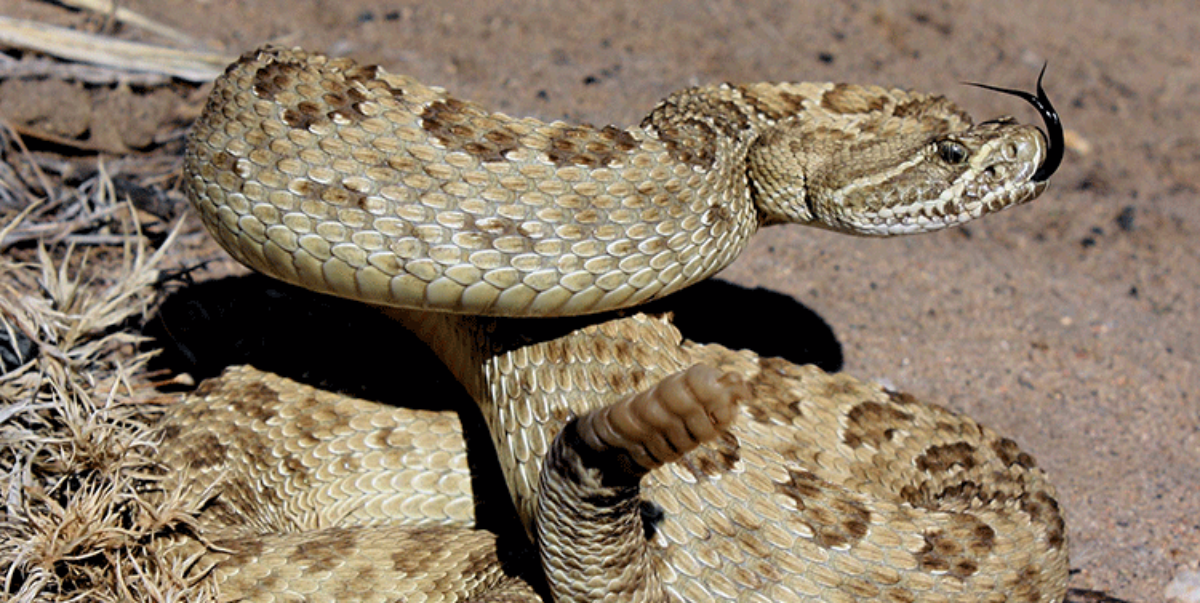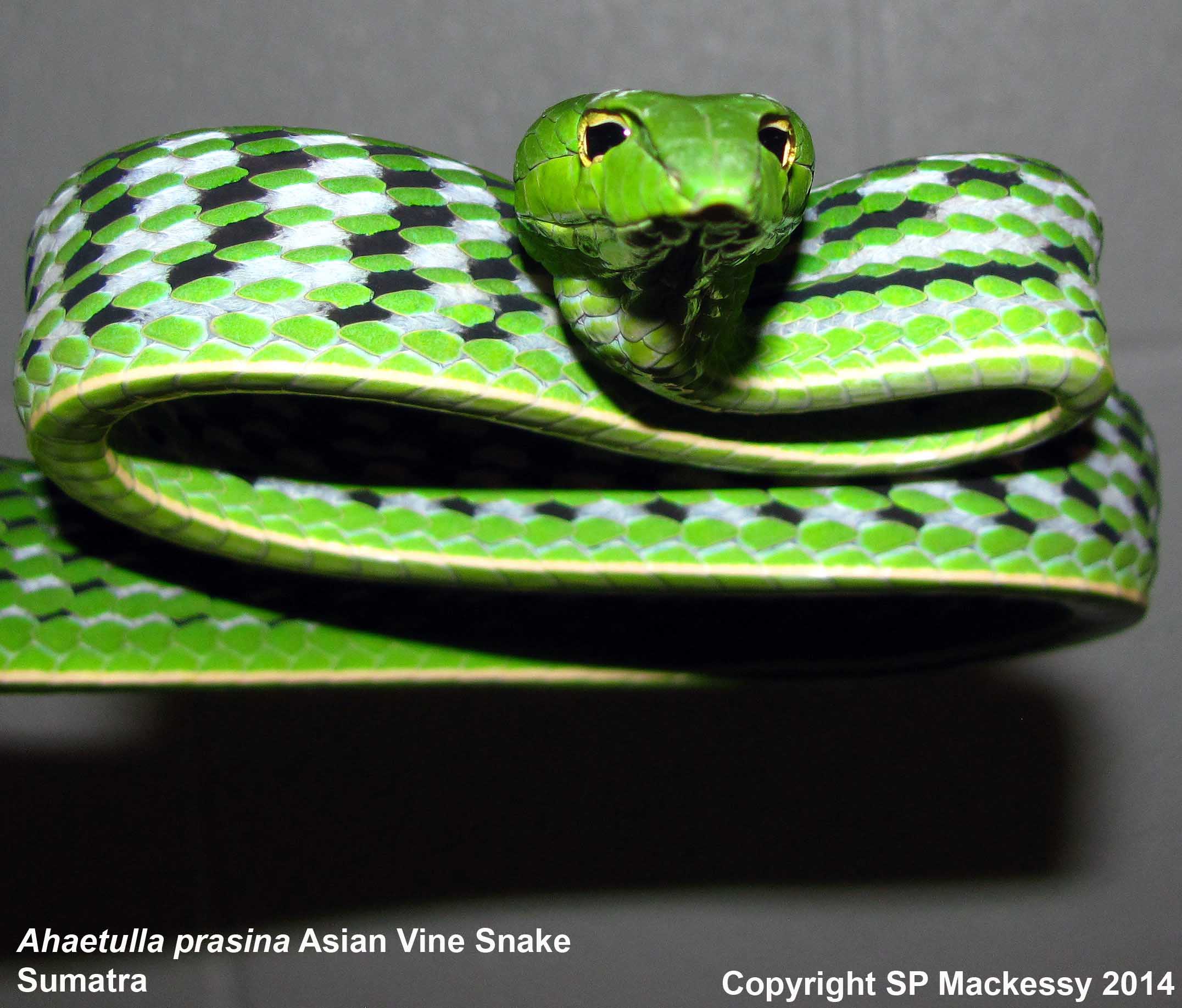Mackessy Venom Analysis Lab

Venomous reptiles and their venoms represent an intriguing example of chemical-based predation, and venoms represent one of the most complex oral secretions found among animals. With an evolutionary history of well over 100 million years, it is not surprising that a variety of adaptive responses have evolved among reptiles, particularly among the advanced colubroid snakes. At once both complex and conservative, venoms contain a myriad of components, and a venom from a single individual may contain 100+ protein/peptide constituents. However, of the thousands of protein families currently known to exist in nature, only about 26 families are represented in reptile venoms – hence, reptile venom evolution is rather conservative, and only a small number of protein scaffolds appear “suitable” as candidates for toxins. In spite of this limited protein family diversity, structural variants may show vastly different pharmacologies and activities, so the opportunities for new compound discoveries, structure/function studies of proteins, and exploring the evolution of complex trophic systems are significant and numerous. A UNC-produced podcast that discusses some aspects of our research can be found here:
https://www.unco.edu/news/articles/mackessy-snake-venom-research-podcast.aspx



